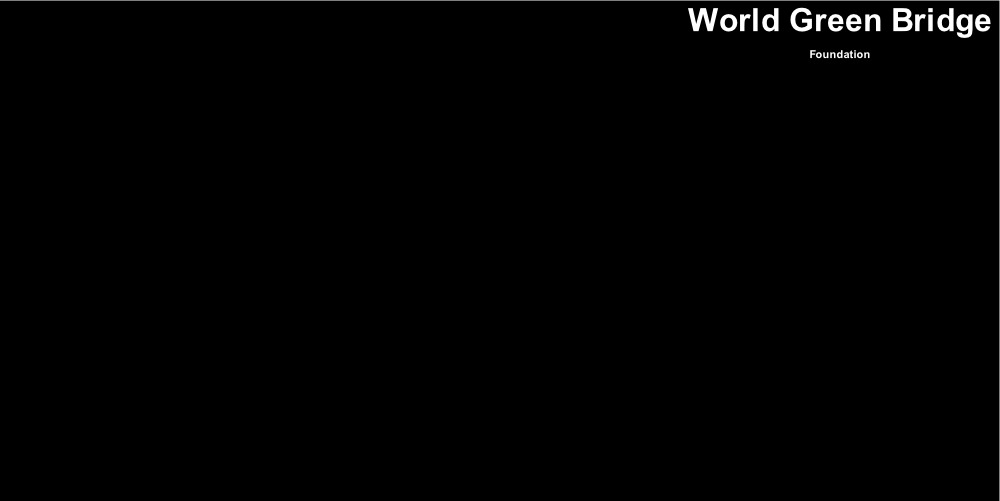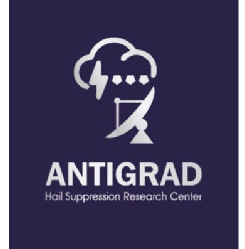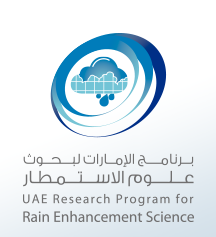
DR. ALI ABSHAEV RUSSIA
ABOUT DR. ALI ABSHAEV
Dr. Ali Abshaev is a Doctor and Associated Professor at the Hail Suppression Research Center in Russia, and head of weather modification laboratory at the High Mountain Geophysical Institute of Russian Hydrometeorological Service.
In 2004, he successfully defended his PhD degree on numerical simulation of dispersion of the seeding materials in hail clouds and optimization of their seeding, and in 2011 became Associate Professor in “meteorology, climatology and agricultural meteorology” at the High Mountain Geophysical Institute, where he conducts several scientific experiments related to hail suppression problem, precipitation enhancement.
In 2015, he defended his thesis on the creation of automated hail suppression technology and became a full Doctor of Sciences. Since 2016, he has also been a member of Expert Team on Weather Modification (ETWM) of the World Meteorological Organization (WMO).
 Dr Abshaev has participated in several scientific projects and supplies of special systems, technology and equipment applied by Hail Suppression Services, Meteorological Services and Airports in Russia, Armenia, Moldova, Ukraine, Tajikistan, Serbia and Macedonia. He has published with co-
Dr Abshaev has participated in several scientific projects and supplies of special systems, technology and equipment applied by Hail Suppression Services, Meteorological Services and Airports in Russia, Armenia, Moldova, Ukraine, Tajikistan, Serbia and Macedonia. He has published with co-
PROJECT : THE CREATION OF A NEW METHOD OF RAIN ENHANCEMENT
The aim of the project is to assess the possibilities of the creation of a new method of rain enhancement by stimulating convection and precipitation using the energy derived from solar radiation.
Stimulation of convection is currently carried out in cloudless conditions in favourable atmospheric situation by heating deploying aerosols in atmospheric layers to effectively absorbing solar radiation, and by using balloons filled with helium to heat specific areas of the atmosphere.
Preliminary studies using 3D models have demonstrated that artificial updrafts can be created by heating up layers of the local atmosphere.
The evaluation of convection through these experiments suggested that if atmosphere is suitable, jet updrafts of up to 15 m/s might be formed with the potential to reach condensation height.
By employing fundamental research having strong theoretical and experimental elements, this project should indicate whether such a methodology is realizable.
RESEARCH PROGRESS:
In this first year of Dr Abshaev’s project, analysis of the validity of the theory and available field experiments related to the creation of artificial clouds were carried out.
New methods of generating artificial clouds have been proposed and assessed.
Dr Abshaev proposed two new methods involving the heating of local sites in the ground atmosphere with the aim of stimulating thermal convection thereby leading to development of artificial convective clouds.
An aerosol with optimal dispersion has been designed to create a layer in the atmosphere to efficiently absorb solar radiation.
The team then proceeded to using radio sounding data based on 3D modeling to gain a better understanding of favorable local conditions for conducting field experiments on the occurrence and frequency of updraft initiation.
ROADMAP:
Based on the work on aerosols and 3D modelling, a “Heliator” device will be developed to stimulate atmospheric updrafts. Experiments are being conducted to develop a model of convection above the heated layers of the atmosphere.
Specialized equipment and scientific procedures will be prepared to effectively measure and monitor field experiments on updrafts and convective clouds.
The creation of experimental installations, the carrying out field experiments on the creation of artificial convective clouds and rainfall and analysis of their results, the training of personnel, and transfer of methods, technical means and technologies and publication of a series of scientific articles are to be executed in the second and third cycles of the project.
During the second year, the team plans to conduct 1,000 smoke checker field experiments on the creation of artificial convective clouds with rain potential in Russia.
A device to stimulate atmospheric updrafts will be prepared along with measurement equipment and trial field experiments in North Caucasus. Advanced field experiments will also be conducted to simulate the development of artificial updrafts and convective clouds in the UAE to assess the potential for the creation of artificial clouds in the local atmosphere.
A final report will be produced on the potential commercialization of this method of rainfall stimulation in a cloudless situation. Knowledge, theoretical models, methods and designs of field experiments will be transferred to the UAE rain enhancement team and wider cloud seeding community.
United Arabic Emirates
RAIN ENHANCEMENT SCIENCE

Award winning 2018 Dr Ali Abshaev, Hail Suppression Research Centre, Russia
“I am very proud and excited to be involved with the UAE’s Rain Enhancement Programme, I believe that this initiative will have a lot of positive effects on a global scale,”
“Rain enhancement methods have already produced a lot of good results in many countries, with precipitation levels increasing by 25-

Left to right, Dr Ali Abshaev, Prof Eric Frew and Dr Lulin Xue with their awards at the UAE Research Programme for Rain Enhancement Science at Abu Dhabi National Exhibition Centre
 FRESH WATER STRICTLY LIMITED
FRESH WATER STRICTLY LIMITED
Abundant water exists on our planet, 97.5 % is salt water in the oceans. Freshwater just 2.5 %!
 FRESH WATER OR HOW TO FEED 10 BILLION PEOPLE BY 2050 IN A WARMING WORLD?
FRESH WATER OR HOW TO FEED 10 BILLION PEOPLE BY 2050 IN A WARMING WORLD?
The global shortage of the fresh water in the nearby future is eminent and and has become already a social and humanist disaster.
DRINKING WATER WILL BECOME THE NEW OIL
 Studies and analyses done by the Moscow State Institute of International Relations (MGIMO) in 2011 showed that that an acute shortage of drinking water may occur earlier than that of the oil leading to the aggravation of national and international conflicts.
Studies and analyses done by the Moscow State Institute of International Relations (MGIMO) in 2011 showed that that an acute shortage of drinking water may occur earlier than that of the oil leading to the aggravation of national and international conflicts.
 GROUNDWATER DEPLETION IS ACCELERATING
GROUNDWATER DEPLETION IS ACCELERATING
Groundwater is the largest reservoir of freshwater.
People depend on it for agriculture and their daily lives. Groundwater depletion has become a serious issue for many years, as it is used up faster than it can be recharged